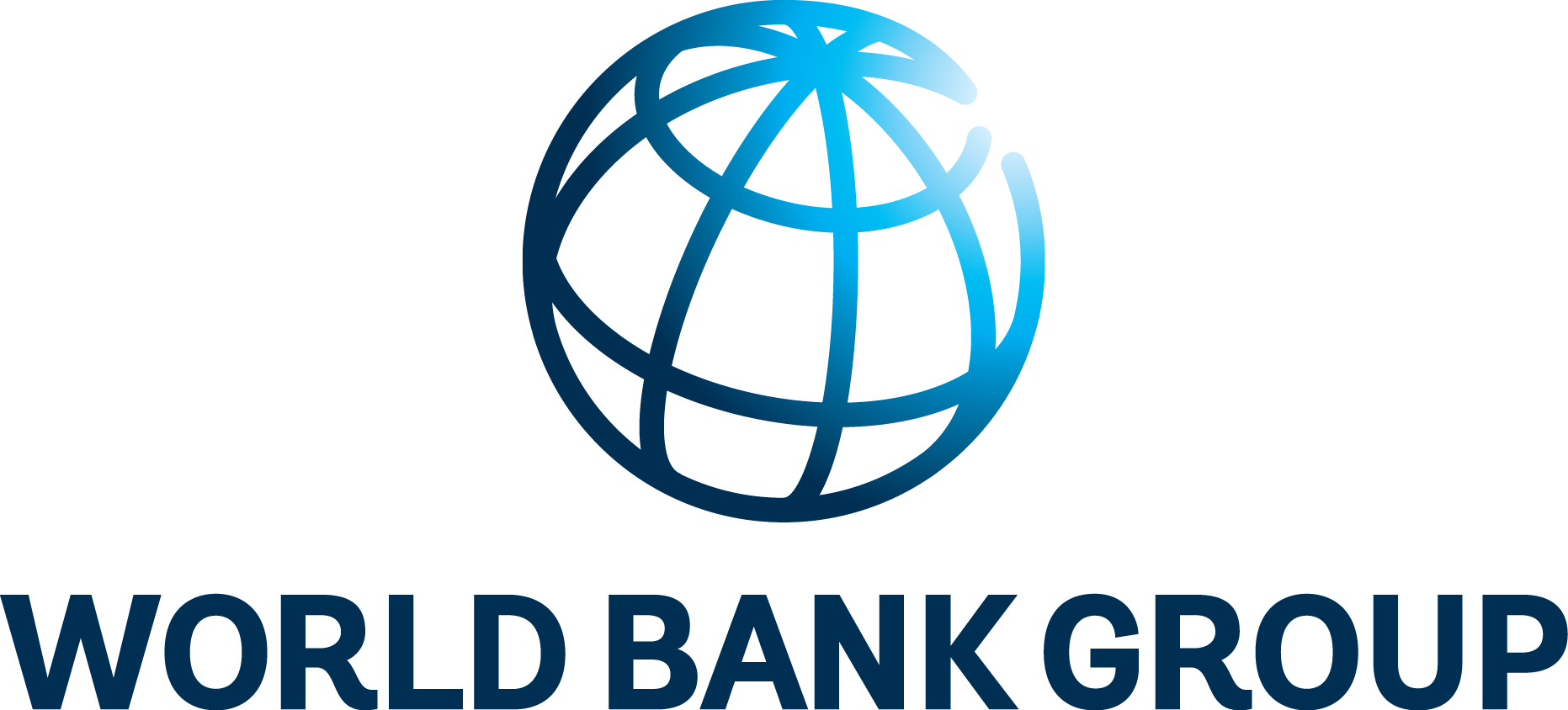The World Bank is a vital source of financial and technical assistance to developing countries around the world. We are not a bank in the ordinary sense but a unique partnership to reduce poverty and support development. The World Bank Group has two ambitious goals: End extreme poverty within a generation and boost shared prosperity.
- To end extreme poverty, the Bank's goal is to decrease the percentage of people living on less than $1.25 a day to no more than 3% by 2030.
- To promote shared prosperity, the goal is to promote income growth of the bottom 40% of the population in each country.
The World Bank Group comprises five institutions managed by their member countries.
The World Bank Group and Land: Working to protect the rights of existing land users and to help secure benefits for smallholder farmers
The World Bank (IBRD and IDA) interacts primarily with governments to increase agricultural productivity, strengthen land tenure policies and improve land governance. More than 90% of the World Bank’s agriculture portfolio focuses on the productivity and access to markets by small holder farmers. Ten percent of our projects focus on the governance of land tenure.
Similarly, investments by the International Finance Corporation (IFC), the World Bank Group’s private sector arm, including those in larger scale enterprises, overwhelmingly support smallholder farmers through improved access to finance, inputs and markets, and as direct suppliers. IFC invests in environmentally and socially sustainable private enterprises in all parts of the value chain (inputs such as irrigation and fertilizers, primary production, processing, transport and storage, traders, and risk management facilities including weather/crop insurance, warehouse financing, etc
For more information, visit the World Bank Group and land and food security (https://www.worldbank.org/en/topic/agriculture/brief/land-and-food-security1
Resources
Displaying 3851 - 3855 of 4907Intra-Urban Spatial Inequality : Cities as "Urban Regions"
This paper explores spatial inequalities within cities: how they are generated, what characteristics they have, and how these spatial inequalities become persistent and self-perpetuating, embodying serious economic and social problems. This conceptual frame views cities as agglomerations of 'urban regions'--which exhibit significant spatial intra-urban inequalities, and where trends towards equality are constrained predominantly by labor immobility and land-use policies.
Malawi - Poverty and Vulnerability Assessment : Investing in Our Future
This study builds a profile of the
status of poverty and vulnerability in Malawi. Malawi is a
small land-locked country, with one of the highest
population densities in Sub-Saharan Africa, and one of the
lowest per capita income levels in the world. Almost 90
percent of the population lives in rural areas, and is
mostly engaged in smallholder, rain-fed agriculture. Most
people are therefore highly vulnerable to annual rainfall
Gender and Economic Growth in Tanzania : Creating Opportunities for Women
The World Bank Group recognizes the
critical importance of women's contribution to shared
economic growth, especially in Africa. Women's
important contribution to economic activity in Tanzania is
well recognized: In the 2006 World Economic Forum Global
Gender Gap report Tanzania was ranked number 1 globally, out
of 115 countries, in terms of women's economic
participation. This paper includes the following headings:
Zimbabwe Infrastructure Dialogue in Roads, Railways, Water,
Energy, and Telecommunication Sub-Sectors
In the 1990s, Zimbabwe's economic
growth began to slow following a balance of payments crisis
and repeated droughts. By the late 1990s Zimbabwe's
economy was in serious trouble driven by economic
mismanagement, political violence, and the wider impact of
the land reform program on food production. During 2007
Gross Domestic Product (GDP) contract by more than 6
percent, making the cumulative output decline over 35
The Economic Impact of Climate Change on Kenyan Crop Agriculture : A Ricardian Approach
This paper measures the economic impact
of climate on crops in Kenya. The analysis is based on
cross-sectional climate, hydrological, soil, and household
level data for a sample of 816 households, and uses a
seasonal Ricardian model. Estimated marginal impacts of
climate variables suggest that global warming is harmful for
agricultural productivity and that changes in temperature
are much more important than changes in precipitation. This






